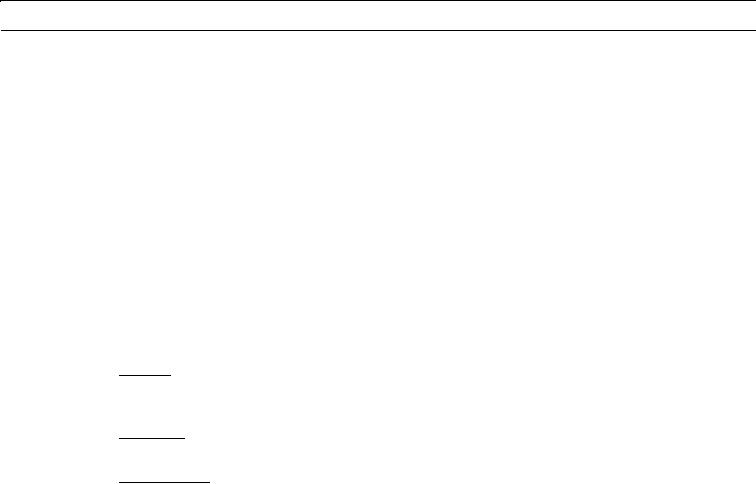
TM 5-3805-290-23-1
HOW TO USE ON-BOARD DIAGNOSTICS - CONTINUED
0005 00
DIAGNOSTIC CODES - CONTINUED
0005 00
N OT E
On some ECMs, a warning category indicator may immediately follow the code number and is in parenthe-
ses. It is a number ranging from 1 to 3, where 3 is the most severe, indications the severity of the associated
code number. The warning category provides an indication of the type of behavior and/or actions which
must be taken by the operator, or by the control system for some engine applications, to address the severity
of the associated situation.
The list of codes is grouped according to the ECM from which they were retrieved. They appear in chrono-
logical order by the most recent ECM hour of last occurrence. The ECM names appear as subtitles in the
list. If there is more than one ECM connected, the subtitles are arranged alphabetically.
When the Include All ECMs check box is checked, active codes from all available ECMs are retrieved and
displayed. When there is a single ECM on the data link, this check box is disabled. The only button avail-
able in the Active Event Codes screen is Print.
b.
Logged Event Codes.
Purpose. The Logged Event Codes function provides a list of event codes logged by each ECM. These
(1)
codes are similar to logged diagnostic codes except they represent the symptom on an operational level.
These codes indicate to the manager or technician how the machine or equipment can be operated.
Accessing. To run the Logged Event Codes function, select Events from the Diagnostics menu, then select
(2)
Logged Event Codes from the sub-menu.
(3)
Screen Layout. The Logged Event Codes display area groups the codes according to the ECM from which
they were retrieved. They appear in chronological order by the most recent ECM hour of last occurrence.
The ECM names appear as subtitles in the list. If there is more than one ECM connected, the subtitles are
arranged alphabetically. On the same line as the ECM subtitle, the number of ECM diagnostic clock hours
is displayed. These hours represent the time that the ECM has been connected and running.
The Logged Event Codes screen has five columns: Code, Description, Occ., First, and Last. The numbers
that appear in the Code column are used to identify events. The Description column describes of the symp-
tom that is occurring. The Occ. (occurrences) column displays the number of times the symptom occurred.
The First and Last columns indicate the first and last ECM hour when the problem occurred.
N OT E
On some ECMs, a warning category indicator may immediately follow the code number and is in parenthe-
ses. It is a number ranging from 1 to 3, where 3 is the most severe, indicating the severity of the associated
code number. The warning category provides an indication of the type of behavior and/or actions, which
must be taken by the operator, or by the control system for some engine applications, to address the severity
of the associated situation.
When the Include All ECMs check box is checked, logged codes from all available ECMs are retrieved
and displayed. When there is a single ECM on the data link, this check box is disabled. The buttons avail-
able in the Logged Event Codes screen are View Histogram and Print.
c.
An event code is generated by detection of an abnormal operating condition. Logged codes may be useful to help
troubleshoot intermittent problems. Logged codes can also be used to review engine and electronic system perfor-
mance. For example, an event code will be generated if oil pressure is too low. In this case, the event code indicates
a symptom of a larger problem. Logged codes may not indicate a repair is needed. The problem may have been
temporary or resolved since logging the code. If the system is powered, it is possible to generate an active diagnos-
tic code whenever a component is disconnected. When a component is reconnected, the code is no longer active.
Logged events keep track of recurring or intermittent events.
0005 00-5

